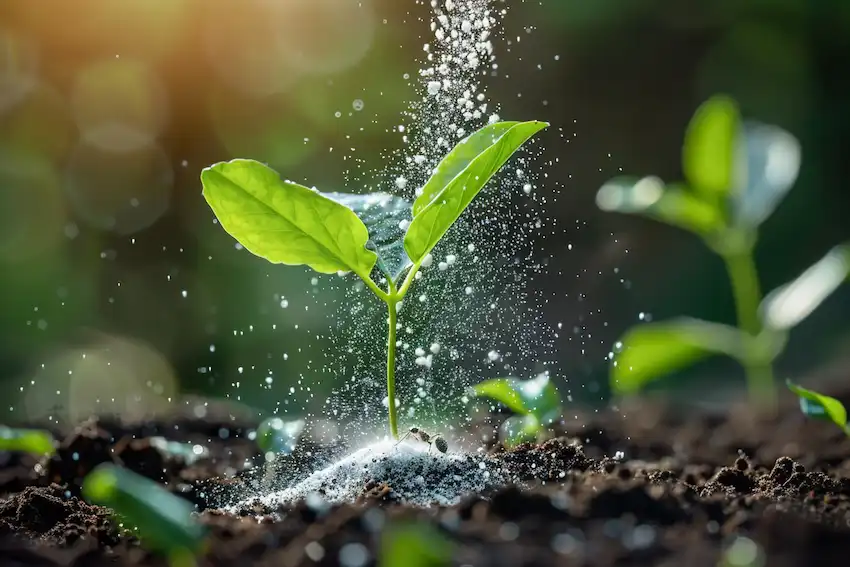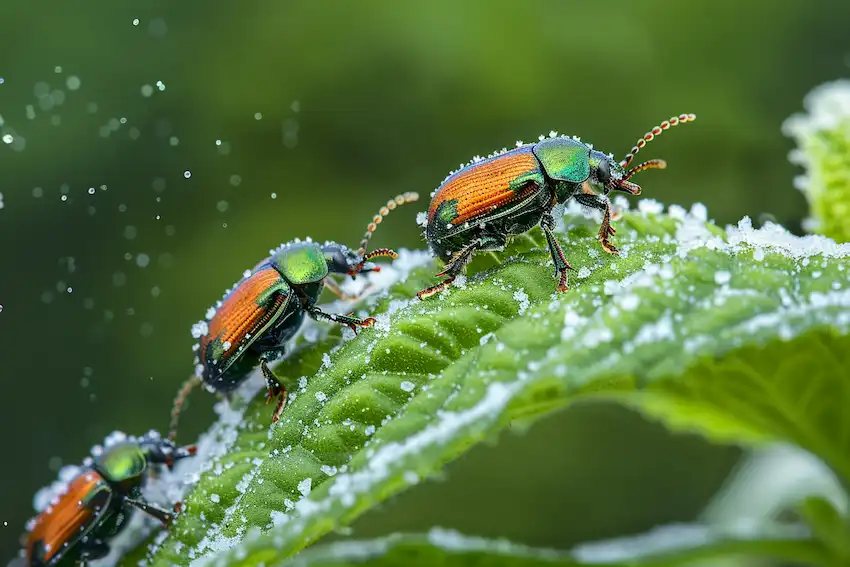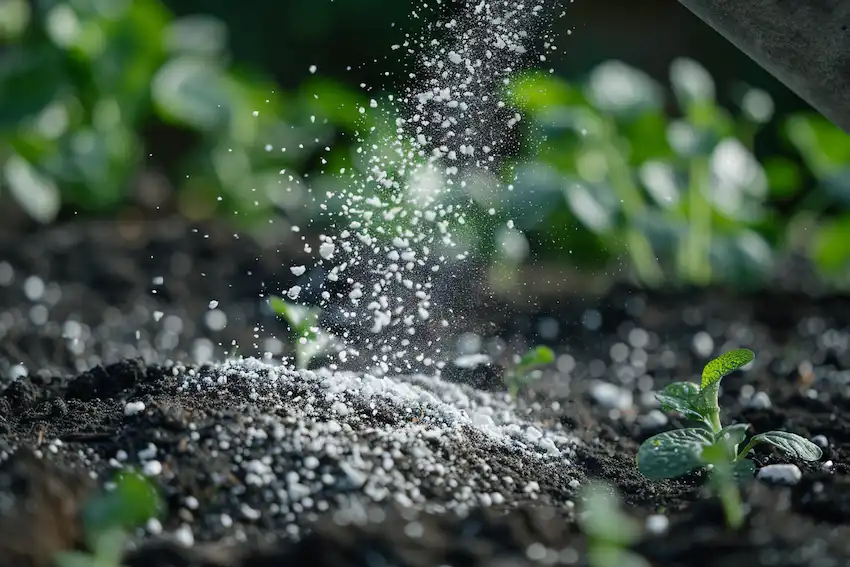Unlocking the Secret: 11 Effective Baby Powder Uses and Hacks in the Garden
Baby powder, a staple in many households for infant care, surprisingly holds a treasure trove of gardening secrets. This seemingly simple product can be a game-changer for gardeners looking to naturally solve common gardening dilemmas. Here are 11 innovative ways to utilize baby powder in your garden, enhancing plant health and making gardening chores easier.
1. Deter Pests

How It Works: Baby powder can keep away various pests like ants, rabbits, and even some beetles due to its talc or cornstarch base.
Application:
- Step 1: Lightly sprinkle baby powder on the leaves and stems of plants.
- Step 2: Reapply after watering or rain.
2. Ease Tool Maintenance
How It Works: Baby powder can prevent soil from sticking to garden tools, making them easier to clean and maintain.
Application:
- Step 1: Coat your garden tools with a thin layer of baby powder before use.
- Step 2: Clean off the tools after use as usual. The soil will slide right off.
3. Protect Bulbs from Rot
How It Works: Dusting bulbs with baby powder before planting can help prevent rot by absorbing excess moisture and reducing friction damage.
Application:
- Step 1: Place bulbs and a couple of tablespoons of baby powder in a sealed bag.
- Step 2: Shake gently to coat the bulbs before planting them.
4. Smooth Glove Wearing

How It Works: Applying baby powder to your hands before putting on gardening gloves can absorb moisture and make gloves more comfortable to wear.
Application:
- Sprinkle a small amount of baby powder on your hands and rub them together before wearing gloves.
5. Tomato Plant Protection
How It Works: The calcium in baby powder can strengthen tomato plants and help prevent blossom end rot.
Application:
- Step 1: Sprinkle a small amount of baby powder around the base of tomato plants early in the season.
- Step 2: Water as usual.
6. Seedling Separation Ease
How It Works: Baby powder can prevent seedlings from clumping together, making them easier to separate and plant.
Application:
- Step 1: Mix a pinch of baby powder with small, clumpy seeds before sowing.
- Step 2: Plant seeds as usual; they should be easier to distribute evenly.
7. Ward Off Japanese Beetles

How It Works: The scent and texture of baby powder can be off-putting to Japanese beetles.
Application:
- Dust affected plants lightly to discourage beetles without harming the plant.
8. Root Knot Nematode Reduction
How It Works: Baby powder can create an inhospitable environment for root knot nematodes.
Application:
- Step 1: Dust the soil around susceptible plants with baby powder.
- Step 2: Repeat every few weeks during the growing season.
9. Enhance Flowering
How It Works: The mild nutrients and moisture control provided by baby powder can promote healthier, more vibrant flowers.
Application:
- Sprinkle baby powder lightly around flowering plants at the beginning of their growing season.
10. Freshen Up Compost Bins

How It Works: Baby powder can help absorb moisture and neutralize odors in compost bins.
Application:
- Step 1: Sprinkle baby powder over the compost pile occasionally.
- Step 2: Mix gently to distribute.
11. Support for Transplanting
How It Works: Dusting plant roots with baby powder during transplantation can reduce shock and moisture loss.
Application:
- Step 1: Gently coat the roots of plants with baby powder before transplanting.
- Step 2: Proceed with the transplantation process as usual.
From pest deterrence to tool maintenance, baby powder is a versatile and eco-friendly asset in the garden. Its myriad uses underscore the innovative ways gardeners can repurpose common household items to enhance their gardening practices. As always, when introducing new substances to your garden, start with small applications to observe how your plants respond. With these baby powder hacks, your garden is well on its way to flourishing health and productivity.



















